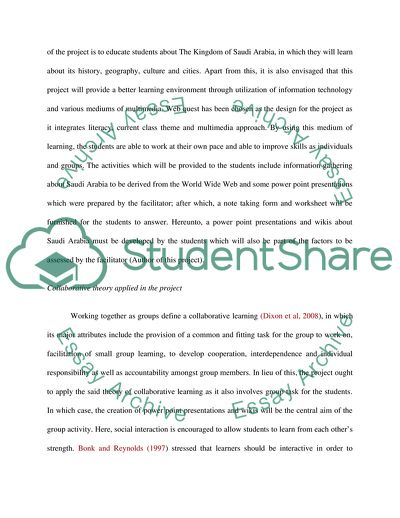Cite this document
(Learning Technologies in Education & Enhancing Teaching and Learning w Essay, n.d.)
Learning Technologies in Education & Enhancing Teaching and Learning w Essay. https://studentshare.org/education/1724705-learning-technologies-in-education-enhancing-teaching-and-learning-with-it-and-multimedia
Learning Technologies in Education & Enhancing Teaching and Learning w Essay. https://studentshare.org/education/1724705-learning-technologies-in-education-enhancing-teaching-and-learning-with-it-and-multimedia
(Learning Technologies in Education & Enhancing Teaching and Learning W Essay)
Learning Technologies in Education & Enhancing Teaching and Learning W Essay. https://studentshare.org/education/1724705-learning-technologies-in-education-enhancing-teaching-and-learning-with-it-and-multimedia.
Learning Technologies in Education & Enhancing Teaching and Learning W Essay. https://studentshare.org/education/1724705-learning-technologies-in-education-enhancing-teaching-and-learning-with-it-and-multimedia.
“Learning Technologies in Education & Enhancing Teaching and Learning W Essay”. https://studentshare.org/education/1724705-learning-technologies-in-education-enhancing-teaching-and-learning-with-it-and-multimedia.


